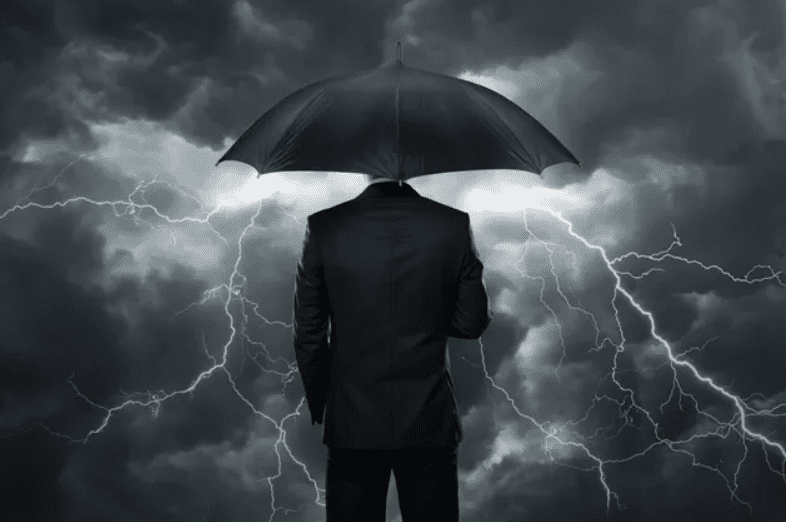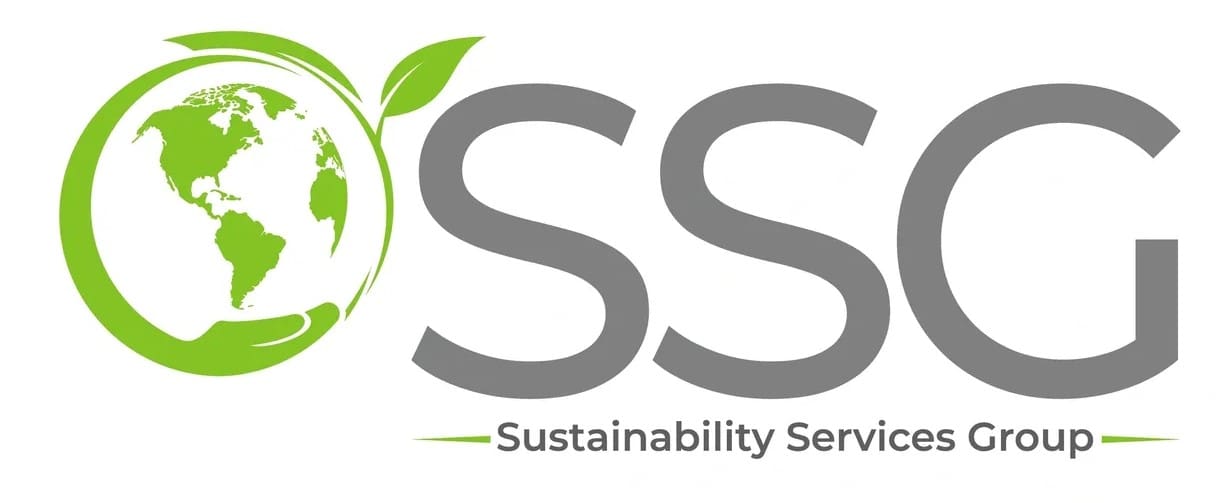Why Every Business, Even Small Ones, Should be focused on Climate Change

When I tell people that I founded a consulting firm specializing in “Sustainability and Climate Change” the reaction is, generally, very positive. However, what I have found is that too often, my audience equates this focus uniquely with socially-centered efforts. A common refrain, especially from business owners, is “We’d like to focus more on this but can’t really afford the expense.”
Being focused on sustainability and climate change is not a luxury or a “nice thing to do”. It is not about checking a box or positioning it as the foundation of a branding strategy. What it is, is a necessity. A necessity where ignoring it poses significant risk to the operations, and financials, of every business. Business leaders, owners, and even elected officials, should be factoring climate change into their planning, budgeting, and contingency setting.
Here are three reasons why every business, regardless of size, should be looking closely at sustainability:
Climate Change Impacts EVERYONE’s Supply Chain
Climate Change is impacting supply chain operations, strategy, and buying patterns. Every business is at risk – from Fortune 50 multinationals to sole proprietorships. While businesses procuring raw or finished goods from a supplier have the most significant exposure, even services businesses are vulnerable. Consider the following:
· A 2022 Gartner survey of supply chain executives found that climate change-driven disruption is one of their top concerns, with Environmental Disruption (eg shortage of natural resources, interruptions due to severe weather events, etc…) posing the biggest challenge
· The World Economic Forum states that increasing levels of heat and rainfall – two byproducts of climate change – can significantly impact worker productivity. And while this makes sense when thinking about workers whose jobs keep them outside, it also can impact anyone who commutes to an office, drives a truck, or works in an inadequately cooled space.
· Freight-critical waterways in the EU have been subjected to increased stoppages in shipping lanes due to a combination of flooding and drought (at different times). The Rhine River, the EU’s most critical shipping route, has recently seen shippers having to reduce their typical freight loads, some by half, in order to navigate in low-water conditions. A similar situation happened, in 2022 and 2023, with the Mississippi River in the US.
· A 2022 Harvard study analyzed the supply chains of one hundred OEMs (Original Equipment Manufacturers) providing materials, parts, and finished goods to automotive, technology, and consumer goods companies. These OEMs, collectively, provide goods to 12,000 production sites in the US and China. The key finding – Only 11% of the OEMs are prepared for climate-based disruptions.
· Drought-induced wildfires, across the US and Canada, have resulted in numerous temporary disruptions to freight railways. One of the most visible impacts was a shortage of retail and wholesale lumber available for sale in both countries. Those shortages, in turn, impacted an unknown number of builders, renovators, and even do-it-yourselfers.
These disruptions not only impact global companies, they also impact small businesses. A mill waiting on a cotton crop, across the world, that was damaged due to either drought or excessive rain cannot sell finished clothing to the small retailers who, in turn, cannot sell it to you. In some cases, the retailer will get a smaller shipment in at a higher cost which is then passed on to you at a higher price. Everyone is impacted. Minimizing the enterprise risk of climate change may be viewed as a “cost”, by many enterprises, but it is as crucial to successfully operating a company as is spending on facilities, IT and employee benefits.
Reporting on Climate-based Risk is Becoming Mandatory
Disclosure regulations are being put in place which will impact many businesses both publicly- and privately-owned. And like with many financial reporting regulations, stiff penalties will be in place for those who do not comply. The EU has already released sustainability-based regulations which will impact US companies (of a certain size) doing business in Europe. In the US, the SEC is about to release regulations for public companies, and California has recently released regulations for both public AND private companies doing business in the state. Other cities and states are looking to follow suit. Local Law 97, in NYC, goes into effect in 2024 and requires building owners with structures larger than 25,000 sq feet to report on their emissions as well as their reduction progress. This encompasses approximately 50,000 buildings – many of which are owned by mid-sized companies and individuals.
Your Competitors May Jump Ahead of You
Buying patterns, of both consumers (B2C) and businesses (B2B), are steadily shifting. According to a 2023 study performed by the Harvard Business Review, we “… are on the brink of a major shift in consumption patterns, where truly sustainable brands — those that make good on their promises to people and the planet — will seize the advantage from brands that make flimsy claims or that have not invested sufficiently in sustainability. We’re fast approaching this tipping point where sustainability will be considered a baseline requirement for purchase, and companies should prepare now.”
As the climate crisis accelerates, so will the focus on which businesses are good stewards of the planet, and which aren’t. And this doesn’t just extend to the environmental impact that a company has on the world. It includes how companies are helping, or hurting, the communities where they are located. Issues such as fair wages, child welfare in factories, natural resource depletion are being closely watched by consumers young and old. A 2023 study by Deloitte, arrived at three major conclusions relative to sustainability and consumer buying patterns:
- In keeping with elements of the circular economy and reuse, 58% of consumers value durability above all, followed by 39% who selected repairability. Companies embracing the concept of “extended use” and “repair” are expected to outperform competitors who don’t
- 10% of consumers, today, make purchase decisions based on the carbon footprint of a product. This number is expected to steadily grow as awareness of the link between emissions and climate change increases.
- The production of sustainable packaging is the top priority for sustainability-conscious consumers.
It is clear that as the public is more-and-more directly impacted by climate change, the more sustainable practices will influence buying decisions.
So what are businesses to do? First, every business should understand the potential climate-based exposures to their supply chain, employees, and facilities. Numerous sustainability and climate risk frameworks have been developed to guide businesses in every sector. Second, businesses should quickly determine if pending disclosure regulations, in the relevant jurisdictions, applies to them. In some cases, mandatory disclosure is a function of size. In other cases, it’s a function of ownership structure (eg publicly-owned private). This becomes a little more complicated when a business sells, manufactures, and/or procures across multiple countries or jurisdictions. In these cases, it is advisable to seek professional assistance. Third, explore the needs and wants of your customer base, and how your competitors are positioning sustainability. Are your customers more or less focused on sustainable practices and products? How might this change in 5 years? In 10? Which competitors are setting the bar for sustainable practices? The same holds true for your employees and potential hires. What are they looking for in terms of sustainable practices? Do your talent competitors have more established objectives and initiatives? Last… start now. It’s very tempting to say “We won’t have to worry about disclosure for some time”, but if a firm is starting from scratch (regarding the ability to collect and report on disclosure elements) it can take from 12-18 months to get everything in place, depending on how much relevant data already exists. In addition, there is no set schedule for severe weather events and disruptions. The only thing we know is that these events will increase in both frequency and intensity.
Good luck.
